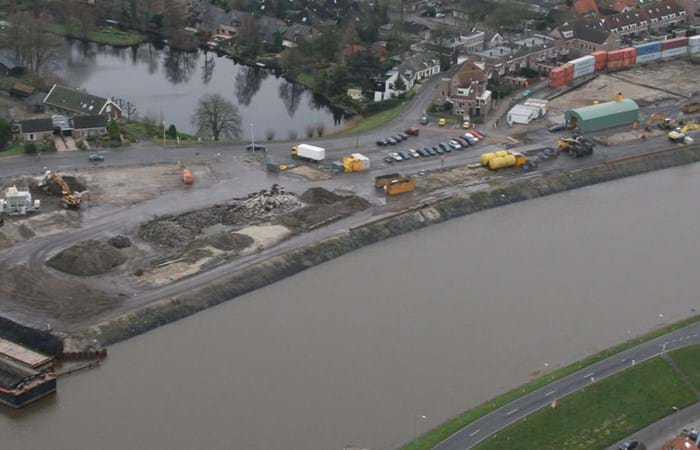The Zellingwijk quarter of the village of Gouderak was built in the middle of the last century. In the early 1980s it became clear that the soil underneath this residential area was heavily contaminated as a result of the dumping of waste - mainly mineral oils and pesticides. The homes built on the site were subsequently demolished in the mid-1980s. Pending definitive remediation work, a layer of concrete / asphalt was applied to seal the site.
The foundation for the redevelopment of Zellingwijk commissioned the Combinatie Boskalis Heijmans Herontwikkeling Zellingwijk (CBHHZ) consortium to handle the remediation and redevelopment of Zellingwijk. The brownfield project is unique in the Netherlands because of the contract type (Design & Construct) as well as the integrated approach to land and riverbed remediation combined with residential construction and natural habitat development.
